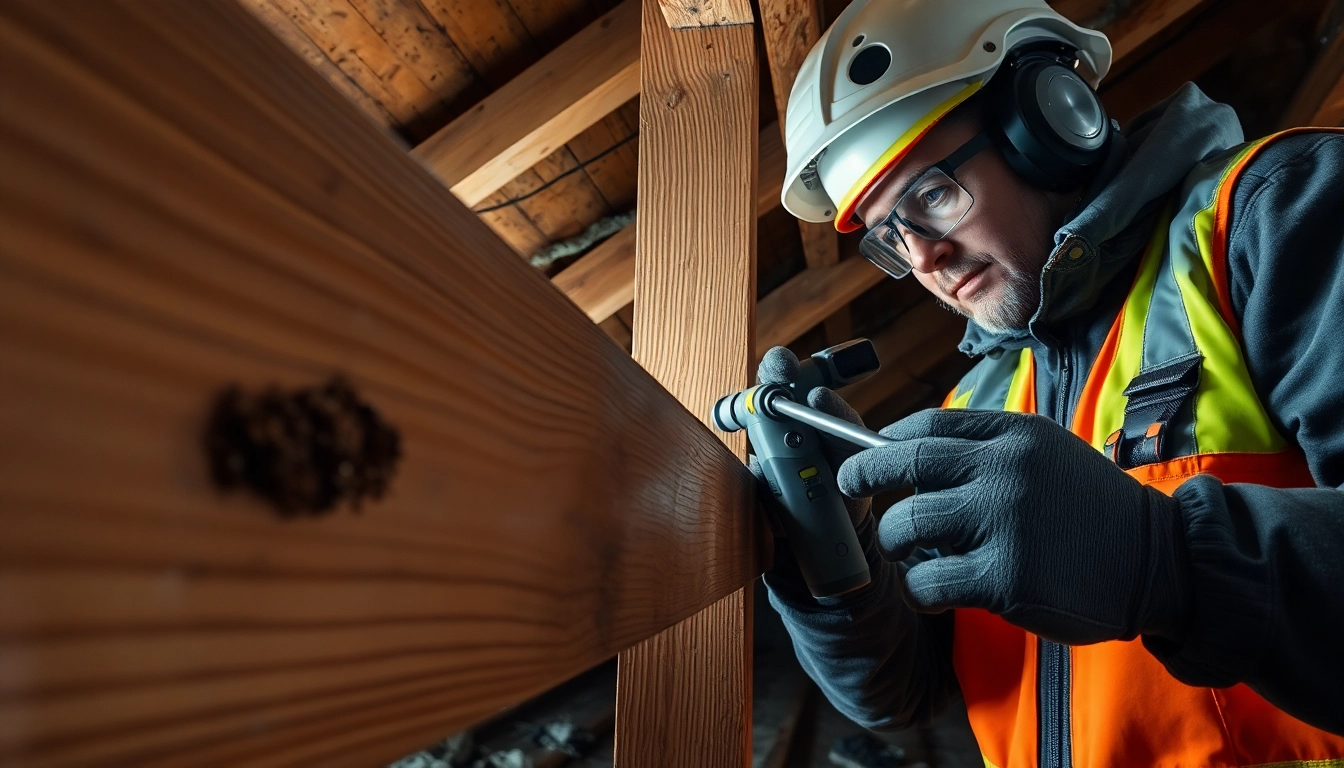Understanding Guided Treks: Definitions and Key Benefits
What is a guided trek and why choose one?
A guided trek is an organized journey undertaken primarily on foot through natural or remote landscapes, where an experienced guide leads the way, ensures safety, and shares in-depth knowledge about the environment and local culture. Unlike independent hiking, a guided trek provides a structured approach that caters to adventurers seeking both challenge and security. These excursions are meticulously planned, often including logistical arrangements, route planning, and accommodation options, making them accessible even for less experienced trekkers.
For travelers seeking an enriching and safe outdoor experience, a guided trek offers numerous advantages. Notably, it combines adventure with comfort, minimizes common travel stresses, and enhances understanding of the region’s ecological and cultural significance.
If you’re contemplating exploring Indonesia’s diverse landscapes, consider a guided trek, which combines expert guidance with the thrill of discovering remote areas like Lombok’s iconic mountains and hidden trails. Guided treks are particularly recommended for unfamiliar terrains or locations with challenging climates, ensuring a secure and enjoyable adventure.
The role of guides in ensuring safety and local knowledge
Guides are the cornerstone of a successful guided trek. Their role extends beyond navigation—they serve as safety professionals, cultural interpreters, environmental custodians, and storytellers. A skilled guide possesses comprehensive knowledge of the terrain, weather patterns, navigation techniques, and potential hazards, allowing them to adapt plans dynamically and safeguard participants.
In Indonesia, where terrains range from volcanic mountains like Mount Rinjani to lush rainforests and coastal trails, guides are invaluable. Their understanding of local geology, flora, fauna, and cultural sites transforms a standard trek into an immersive learning experience. This expertise minimizes risks such as altitude sickness, dehydration, or getting lost, and provides peace of mind for participants.
Moreover, guides facilitate interactions with local communities, offering authentic insights into traditional lifestyles, customs, and histories. They can also advise on environmentally responsible behavior, ensuring the trek leaves minimal impact and upholds sustainability principles.
Differences between guided and independent trekking adventures
The primary distinction between guided and independent treks lies in the level of support and organization. While independent treks grant freedom and flexibility, they also demand extensive planning, local knowledge, and self-reliance. Conversely, guided treks provide a comprehensive package, including route planning, local expertise, logistics, and safety protocols.
Guided Trek Advantages:
- Enhanced safety with professional oversight
- In-depth local cultural and ecological knowledge
- Logistical convenience, including transport, permits, and accommodations
- Structured support suitable for all fitness levels
- Opportunities for shared experiences and social bonding
Independent Trek Advantages:
- Greater flexibility in pacing and route selection
- Potential cost savings
- Customized experiences tailored to personal interests
- Enhanced sense of adventure and self-reliance
For most travelers, especially those new to trekking or unfamiliar with Indonesian terrains, guided treks offer a safer, more enriching experience. They reduce risk factors and provide expert insights that elevate the journey beyond a mere physical challenge.
Planning Your Perfect Guided Trek in Indonesia
Selecting the right trek based on fitness level and interests
Indonesia boasts a diverse array of trekking destinations suitable for various fitness levels and interests—from challenging volcanic ascents to leisurely rainforest walks. Identifying your physical condition and goals is crucial for choosing an appropriate guided trek.
For beginners or those seeking a moderate adventure, routes like the sunrise trek to Mount Batur in Bali or scenic jungle walks in remote Sulawesi may be ideal. Experienced hikers looking for a rigorous challenge can explore Mount Rinjani’s crater rim or multi-day ascents of lesser-known volcanic peaks.
Consider your interests as well—are you passionate about wildlife, photography, local culture, or extreme adventure? Tailoring your trek to align with these passions ensures a rewarding experience. Reputable operators can customize itineraries, blending nature, cultural, and adventure elements seamlessly.
Best seasons and timing for trekking in Lombok and surrounding areas
The optimal time for guided treks in Indonesia depends on regional climate patterns. Lombok and the nearby islands experience two primary seasons: the dry season (May to September) and the rainy season (October to April).
The dry season offers the most favorable conditions, with clear skies, minimal rainfall, and cooler temperatures, ideal for mountaineering and outdoor exploration. The weather enhances visibility of panoramic vistas and reduces risks like landslides or muddy trails.
Conversely, the rainy season may bring lush greenery but also unpredictable weather, making some routes hazardous or inaccessible. For a safer and more enjoyable experience, scheduling your guided trek during the dry months is recommended.
Special festivals or cultural events may also influence timing. Planning ahead ensures you can participate in local festivities or avoid crowded trails, enriching your journey.
Essential gear and preparation tips for guided treks
Proper preparation maximizes safety and enjoyment on your trek. Essential gear includes durable hiking boots, moisture-wicking clothing, waterproof jackets, sun protection (hat, sunglasses, sunscreen), and sufficient hydration supplies.
Additional items such as trekking poles, headlamps, first aid kits, high-energy snacks, and personal medications are vital. Packing light but comprehensive enables better mobility without sacrificing safety.
Before embarking, ensure your physical fitness, especially for acclimatization to altitude or challenging terrain. Consult your guide or trekking operator about specific gear requirements based on the route and season.
Practical tips include: training beforehand, staying hydrated, pacing yourself, and listening to guide instructions. Also, familiarize yourself with Leave No Trace principles to minimize environmental impact.
Top Guided Trekking Destinations and Routes
Iconic treks in Lombok: Mount Rinjani and beyond
Mount Rinjani, Indonesia’s second-highest volcano, is renowned for its breathtaking crater lake, hot springs, and panoramic vistas. Guided treks typically span 2-4 days, involving steep ascents, acclimatization, and nights in mountain tents or shelters.
Beyond Rinjani, Lombok offers diverse trails through rice terraces, jungle canopy walks, and coastal routes. These routes showcase Lombok’s natural beauty while providing opportunities to explore local villages and religious sites.
A guided Rinjani trek enhances safety and allows access to remote areas with expert local guides, enriching the experience with cultural insights and environmental knowledge.
Unique trails and hidden gems for guided hiking tours
While Mount Rinjani is a highlight, Indonesia’s lesser-known trails offer equally compelling adventures. In Sumatra, the Gunung Leuser National Park provides guided jungle treks for wildlife sightings, including orangutans and rhinoceroses.
In West Papua, the Lorentz National Park features guided expeditions into one of the world’s most pristine rainforests, a UNESCO World Heritage Site. These routes often remain less crowded, offering authentic encounters with unspoiled ecosystems.
Exploring such hidden gems requires expert guides familiar with remote terrains, climate challenges, and environmental preservation practices. The reward is an intimate connection with Indonesia’s untouched wilderness.
How guided treks enhance the experience and connection with nature
Guided treks foster a deeper appreciation of nature by providing educational commentary on local biodiversity, geology, and conservation efforts. Guides serve as storytellers, sharing legends and cultural histories tied to landscapes.
The companionship and shared experience of a guided group create a memorable journey, often leading to lasting friendships and personal growth. The safety and logistical support allow trekkers to focus fully on the natural beauty around them.
Choosing the Right Guided Trek Provider in Indonesia
Factors to consider: safety, expertise, and sustainability
Selecting a reputable operator is critical. Prioritize providers with proven safety records, experienced guides, and sustainable practices. Certifications from local or international adventure tourism organizations are indicators of professionalism.
Environmental responsibility includes adherence to Leave No Trace principles, community engagement, and efforts to minimize ecological impact. Ethical providers contribute to local economies and preserve Indonesia’s natural heritage.
Verify that the operator offers comprehensive insurance, clear itineraries, and contingency plans for emergencies. Transparent reviews and testimonials also help gauge reliability.
Trusted local operators and international outfitters
Indonesia hosts a range of local adventure companies specializing in guided treks, supported by partnerships with international firms. Local operators often possess nuanced knowledge of regional conditions, language skills, and cultural sensitivities, providing authentic and tailored experiences.
International outfitters, with established reputations, bring extensive experience and safety standards but should collaborate with local guides to ensure authenticity and sustainability. Combining local expertise with global best practices is ideal.
Customer reviews and testimonials to inform your decision
Reading firsthand accounts helps assess a provider’s reliability, guide professionalism, and overall experience quality. Look for reviews that mention safety, group dynamics, logistical arrangements, and environmental practices.
Seek out recent testimonials on reputable travel platforms and social media to get current insights. Connecting with past participants can also clarify what to expect and help tailor your choice.
Maximizing Your Trekking Experience: Tips & Best Practices
Engaging with guides for cultural and natural insights
Actively participating in conversations with your guide can unlock a wealth of information about Indonesia’s ecosystems, history, and local customs. Guides often serve as informal educators, pointing out flora, fauna, architectural features, and storytelling the region’s legends.
Asking questions fosters a richer understanding and enhances personal connection with the environment. Respectfully absorbing local traditions and etiquette further enriches the experience.
Environmental responsibility and Leave No Trace principles
Protecting Indonesia’s delicate ecosystems should be a core priority. Follow Leave No Trace principles: pack out all trash, stick to established trails, avoid disturbing wildlife, and minimize campfire impact.
Support local conservation efforts by purchasing local products and contributing to community-based tourism initiatives. Your responsible behavior ensures future generations can enjoy these pristine environments.
Preparing mentally and physically for multi-day treks
Physical fitness is vital for enduring the rigors of multi-day treks, especially on rugged terrains like Mount Rinjani. Cardiovascular training, strength exercises, and stamina-building activities should be part of your preparation.
Mentally, cultivating patience, adaptability, and a positive attitude helps manage challenges such as altitude, weather fluctuations, and fatigue. Hydration, proper nutrition, and adequate rest are essential before and during the trek.
Engage in pre-trip organizational planning, familiarize yourself with the route, and communicate with your guide regarding specific needs or concerns.







